“We don’t want to increase the number of bottles; we want to decrease the yield to have even better quality,” Tomislav reveals during a visit to the family-run winery in the fertile hills of Plešivica, a 30-minute drive southwest of Croatia’s capital, Zagreb.
The Tomac family has been engaged in winemaking here for more than 100 years. The first bottles were filled in 1987 – four years before Croatia gained independence. Inspired by amber-wine legend Josko Gravner, a friend of Tomislav’s father, Tomac has been using Georgian qvevris since 2006 and bottling their Amfora range since 2009. They also make an amphora-fermented méthode-traditionelle sparkling wine.
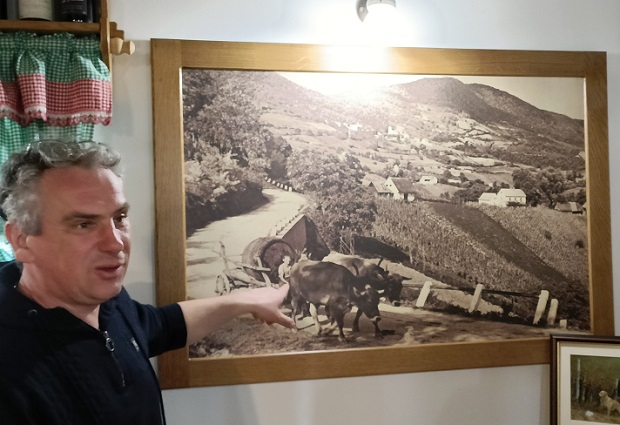
About 70% of Tomac’s production is méthode champenoise. The other 30% is still whites and one Pinot Noir which is fermented in a qvevri.
But Tomislav (above) says his goal is a 50/50 split “because it’s the same passion for us to make the sparkling wine and still, and the same challenge. But for me it’s much easier to make a very good still wine than to make a serious sparkling. One of the reasons is because the climate is changing, so you have to pick very early to have good acidity. You can have a good still wine with 12% alcohol or 15%, but you cannot have a good sparkling at 15%.
“With still wine it’s not so important if it is 12.5% or 15% if it’s good wine.”
The grapes growing on the limestone-rich slopes of Plešivica, Croatia’s most renowned sparkling wine region, include Chardonnay and Pinot Noir, as well as varieties from when Croatia was part of the Austro-Hungarian Empire: Riesling, Graševina (Welschriesling), Sauvignon, Portugieser, Roter Veltliner, and Plavac Žuti.
They are handpicked and brought to Tomac’s impressive new winery and marani in the family farm at the foot of one of the hills.
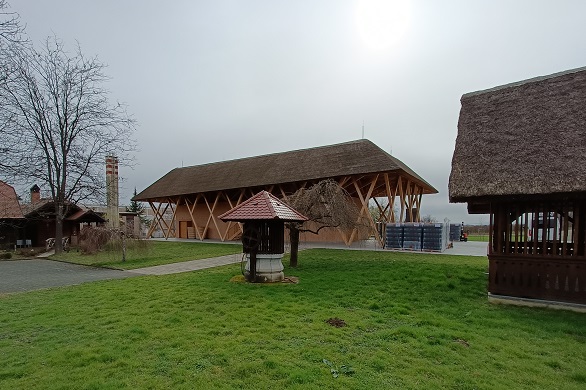
The farm, according to Tomislav, has always been farmed organically. They started farming biodynamically in 2019 under the guidance of Italian consultant Michele Lorenzetti – at first with 3ha and then expanding to all 16 positions, where the parcels range in size from 0.2 to 3.5ha. They are now seeking Demeter certification and looking at ways of bringing cows back to the farm without all the associated hard work.
“It’s not easy doing biodynamic in 14ha; you have to be organised,” Tomislav comments as we tour the property. “You need to do the proper work in the proper time, especially it’s not easy because our vineyards are steep, so if I want to go with the prep 500 then you have to go when it’s very wet and walk up and down with a sprayer on your back. But we are organised, and we are trying to be better and better.”
He points out: “We are doing everything by hand. We care about every position of every grape, every position of the leaves.”
The philosophy in the vineyard and cellar is minimal intervention, though, and Tomislav says the aim is still the same as when his father, who died last year, started bottling the wine in 1987: “To bring the story of Plešivica in the wine and in the bottle.”
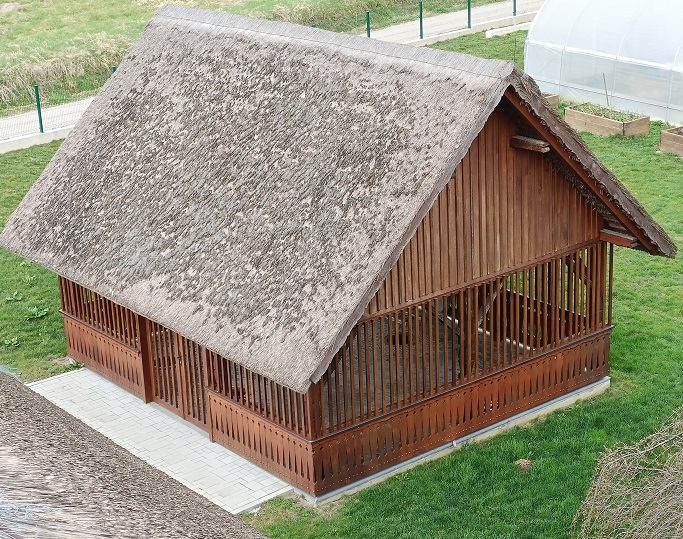
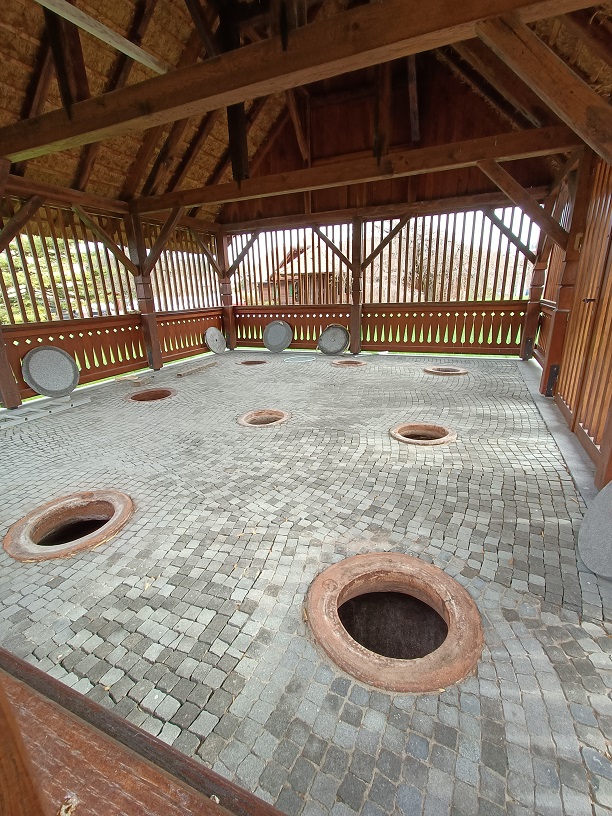
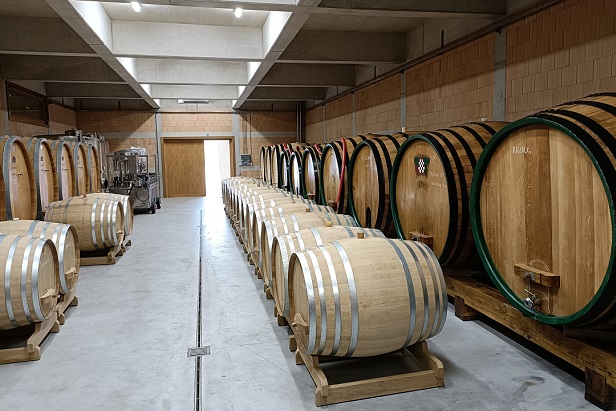
Outside the winery is the marani, where nine qvevris from Georgia are buried. Inside the 18-month-old winery – made mostly of wood with a thatched roof terrace – it’s mostly large Slavonian oak barrels. “We have some stainless steel but it’s only for the sedimentation of juice and cooling the juice and one or a few days before bottling,” he comments. He believes the wines clarify better and quicker naturally in oak barrels.
For the sparkling wines, he presses whole clusters and lets the juice settle for 12-24 hours, adding a little sulphur to prevent oxidation. The fermentation of the base wine is spontaneous and he doesn’t use any fining agents or filtration. The wines are bottled with free SO2 below 10mg/L. The issue we discuss is using a Champagne yeast for the second fermentation.
“In this moment the wine is 95% done – you have the character of the wine, so you only need some bubbles,” Tomislav responds. However, this year he plans to experiment with frozen juice in 2,000 or 3,000 bottles and has frozen 300-400L of juice in preparation. “It’s a big risk because if the second fermentation doesn’t finish then you have a big problem – you can make only brandy from this because you don’t have enough pressure and you have too much sugar.”
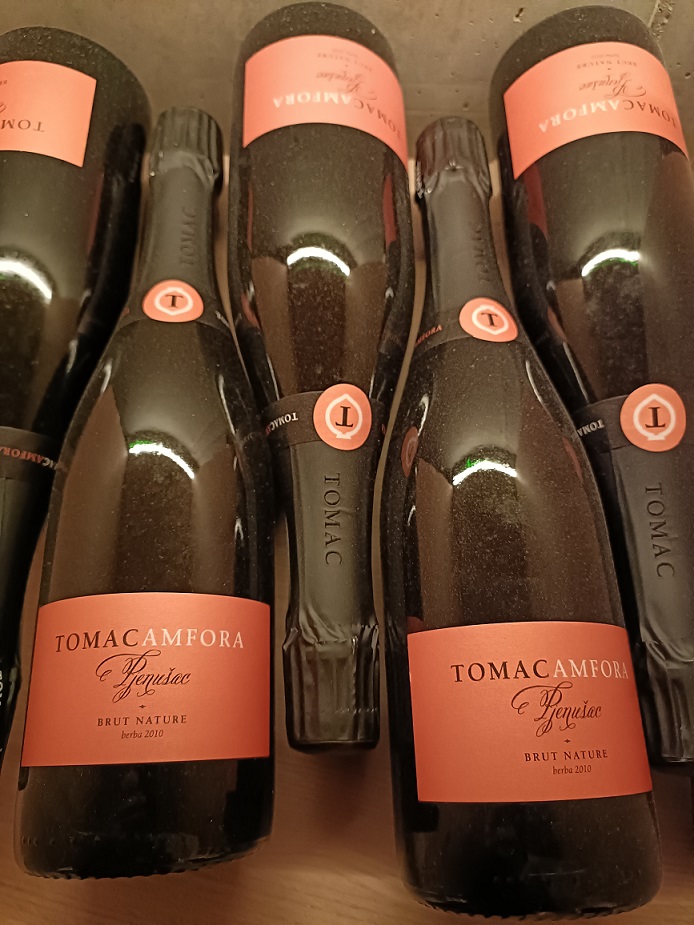
In the tasting room, we rattle through a large selection of Tomac wines and cover some interesting topics:
- The use of Plavac Žuti – a high-acid, high-yielding, low-alcohol grape – “for some correction”. The Tomac Diplomat Extra Brut NV is 80% Chardonnay spiced with 20% Plavac Žuti (which is called Rumeni Plavec in neighbouring Slovenia).
- Allowing spontaneous MLF in his Diplomat and blanc de noir sparkling wines as Tomislav believes “to express maximum terroir it is not logical that you block the malolactic fermentation”.
- The use of qvevri. He understands that the qvevri is more than a fermentation vessel – it’s a symbol of a belief system that champions a back-to-basics approach. When Tomac releases its Marany White, Tomislav usually refuses to disclose the blend as he wants to send a message that “in the Georgian way, it’s much more important how you make the wine than which variety”. He adds: “We wanted to promote that the most important thing is that you make the wine in an honest way without chemicals.” The varieties in the Marany White 2022 are Traminer, Pinot Blanc, Welschriesling, and a little Roter Veltliner, all handpicked on the same day and destemmed. Two varieties are co-fermented in separate qvevris, which vary in capacity from 1,200 to 1,500L.
- Time on skins. The skin contact is currently only during the month-long fermentation. The maceration time was six months from 2006 to 2009, and in 2016 and 2017. It will return to six months for the Amfora range this year, while it will continue to be one month for the Marany range, which Tomislav describes as a “softer wine, more juicy and a little bit cheaper”. “So, we will have two different levels of macerated wines,” Tomislav explains. “The Marany line brings the story of natural wines to the normal customer.” They sell for €17 plus tax, compared to Amfora’s €30 plus tax.
- Ageing. After fermentation, the wines are matured on fine lees in Slavonian oak barrels of 2,000 and 3,000L capacity. Even his Riesling flagship Rock Star – which had 20% Sauvignon added for the first time in 2023 – goes into neutral oak barrels.
- Producing a relatively straightforward Riesling. Tomac’s simplest wine is a Riesling which sees 10% whole clusters added to the barrel for the first seven days of fermentation, “just to help the fermentation”, as this is the variety he finds most sluggish. The Riesling in 2021, for example, finished fermenting in June 2022. Tomislav says he produces this wine for the locals. “When people from our village come to help us, they don’t like to drink sparkling wine and they don’t like to drink macerated wines,” he says. “And we like to drink it; it’s a serious wine.”
- Making a sparkling wine in a qvevri. The grapes for the Tomac Amphora Brut Nature – 50% Chardonnay and 50% Plešivica varieties from an old vineyard (Graševina, Roter Veltliner, Plavac Žuti, Sylvaner, Neuburger, Kraljevina and Štajerska Belina) – are fermented and macerated in the qvenri for six months and then put into 2,000L oak casks for about 18 months before the second fermentation in the bottle. It’s a complex, layered, full-bodied sparkler with intense flavours.


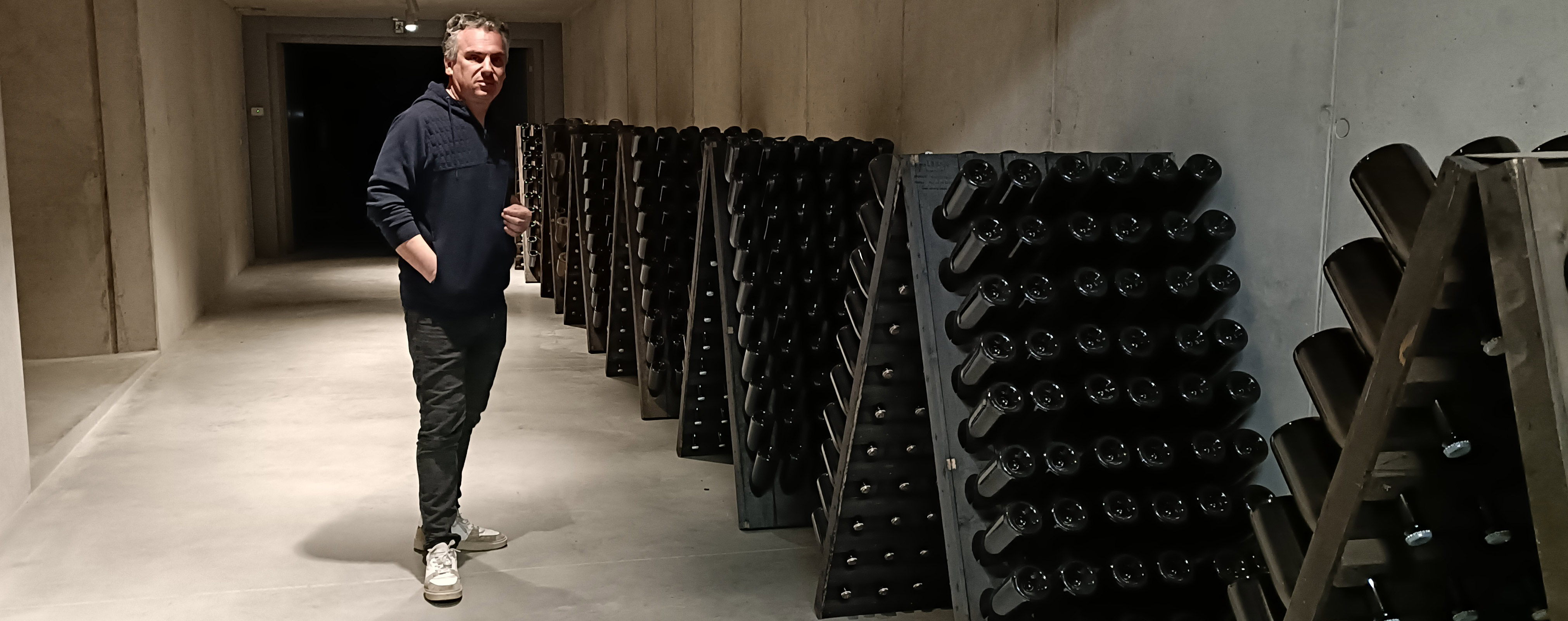










.png)






